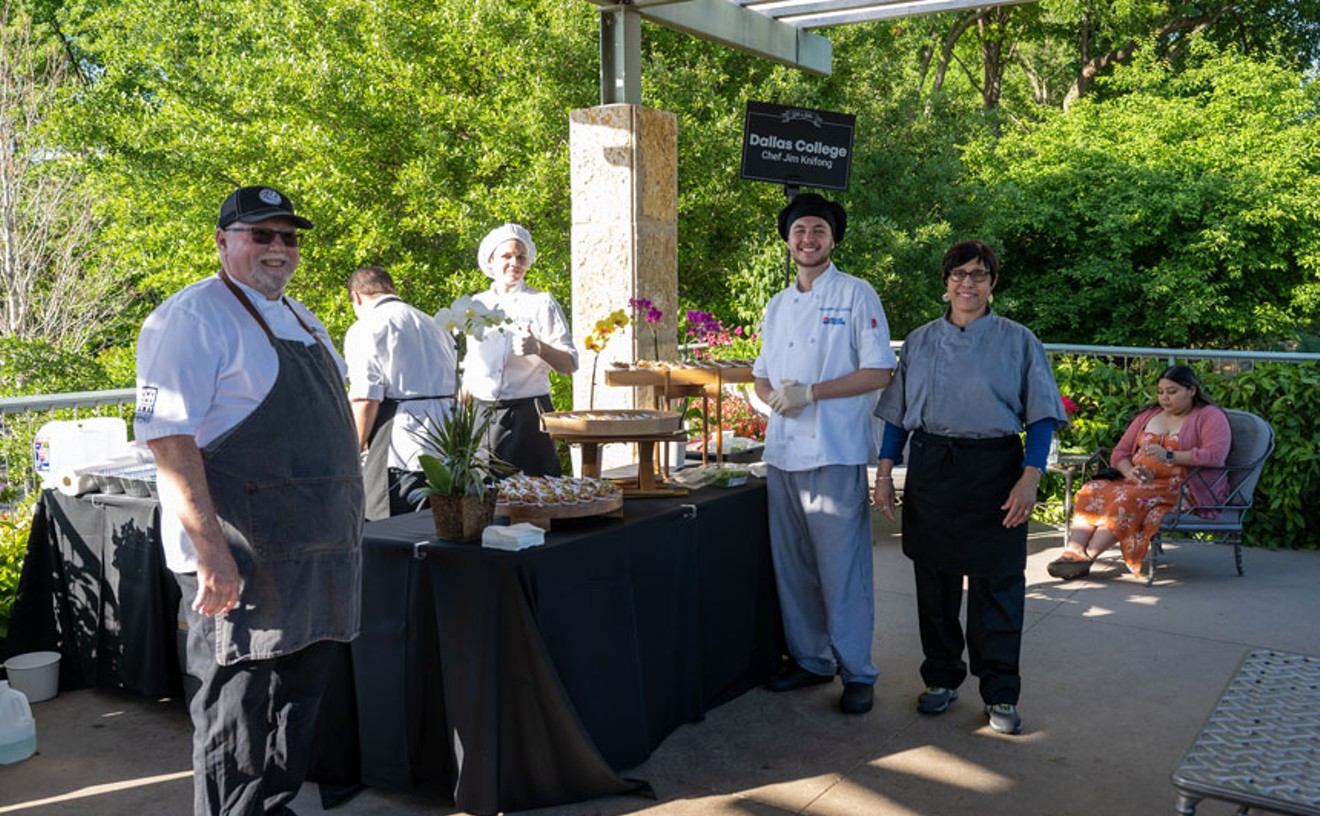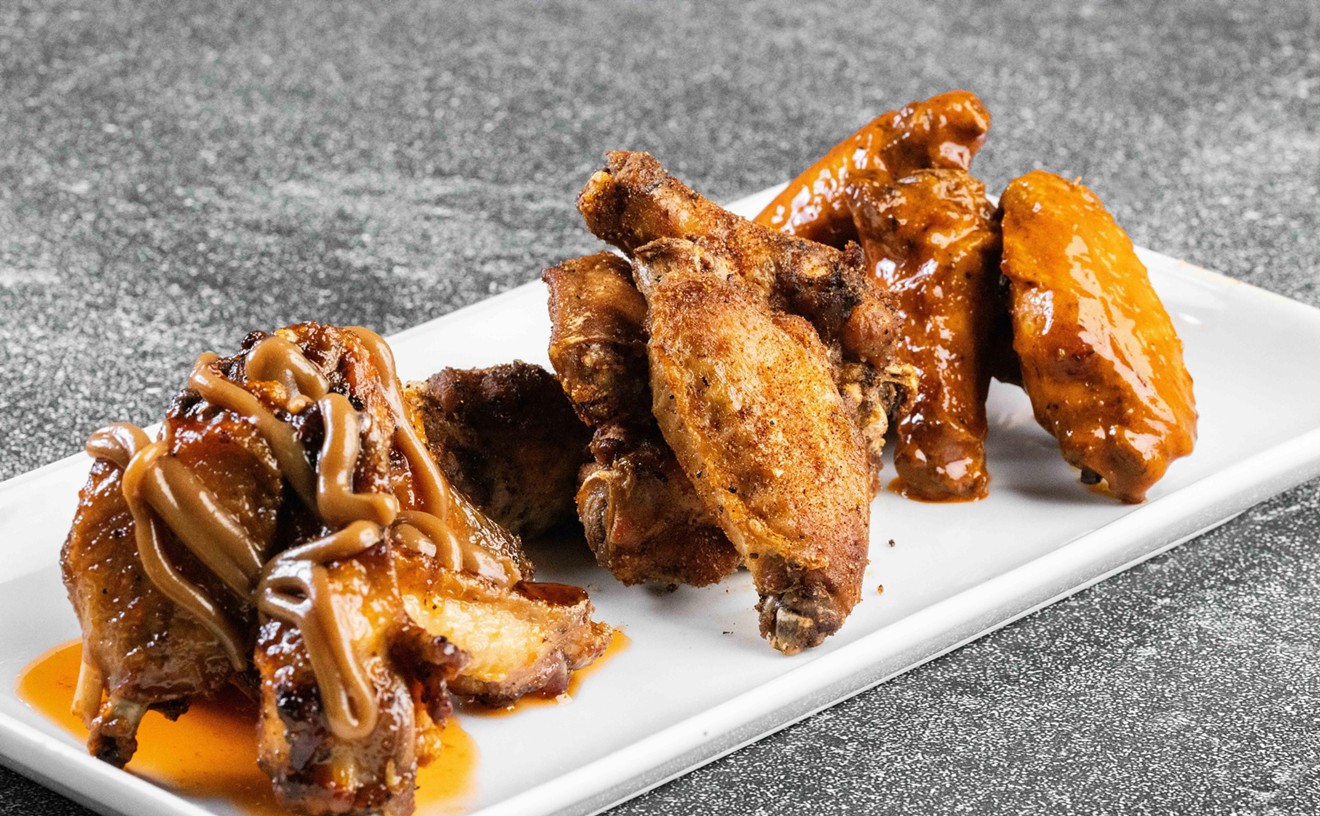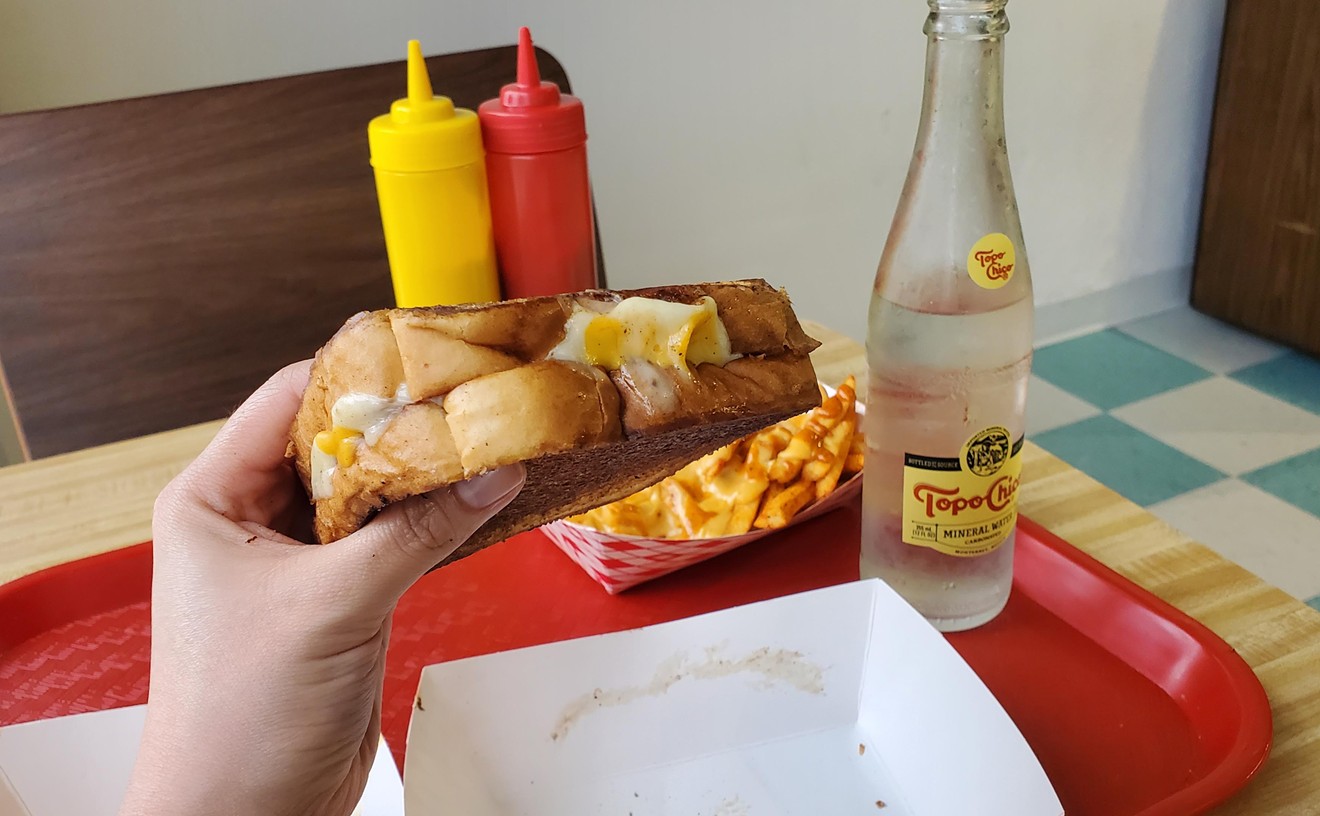Back in the spring of 2001, I sat with a group of friends in the dining room of Cuba Libra. Just about a year ago, I found myself at almost the same table, looking at a space less crowded but otherwise barely altered. Sometimes it seems nothing much has changed over the past 10 years.
Yes, there was a rollercoaster ride from boom to recession, with everything that happened in between. Remember those hard-door clubs where you had to be on a list to enter? How about the period after September 11 when everyone stayed home eating comfort food? The dollar sushi nights? And that uneasy feeling as storied restaurants such as Lola decided to shut down?
As Nick Badovinus—once chef at Cuba Libre, now chef-owner of Neighborhood Services—puts it: "From the impact of 9/11 to the economy now, it seems like it was very challenging."
Some popular spots faded out over time, naturally. But the big names of 2000 included Dean Fearing and Stephan Pyles. Cuba Libre anchored a corner of Henderson Avenue, and Pappas Bros. was a 500-seat palace dedicated to thick slabs of prime beef. There remains Suze run by Gilbert Garza and The Londoner in Addison, although owner Barry Tate moved to a bigger location half a block away and then to an even more comfortable spot in Uptown. Still, as people reflect on the departing decade, as they compare its raucous beginning to its more miserly end, they may decide the "double-aughts" was the most important span in Dallas' dining history.
Hyperbole? Perhaps—but bear with me. When Tristan Simon, owner of a string of Dallas restaurants, came here in 1995 after graduating from Duke, his friends questioned the move. "They said, 'You're going where?'" he recalls.
Back then, Simon explains, Dallas was a city divided into high-end, scene-driven venues and small no-frills joints, such as Louie's or S & D Oyster House, with little in between. The young entrepreneur became involved in Cool River, and then turned his attention to a residential stretch of Henderson Avenue spotted by small business spaces. In rapid succession, he opened Cuba Libre, Hibiscus, Fireside Pies and The Porch.
Of these, Fireside Pies may have been the most important, introducing Dallas to the concept of upscale pizza and encouraging a rash of competitors to supplant Louie's and Campisi. Hibiscus hit Dallas at a transition point—midway through the decade chronologically (it opened in 2005) and psychologically—between the flurry and excitement of scene-driven openings and the smaller, more worldly and nuanced places to come. It was a brash restaurant, with trendied-up macaroni and cheese, seemed like 10 pounds to a portion, huge hunks of fried lobster, everything supersized (including martinis). It also allowed Badovinus to show some of his developing finesse.
As the nation recovered from the shock of 9/11, Scott Ginsberg threw open the doors to Voltaire, a paean to disposable income stocked with a few thousand bottles of wine, Dale Chihuly glass sculptures and such. The mid-decade boom came to a head, at least in Dallas, when Phil Romano tested the limits of those liquid bank accounts with the opulent Il Mulino, a place where waitstaff wore white gloves and $8 Italian dishes cost upward of $30.
Romano also brought national attention to the local restaurant scene by threatening to sue then Dallas Morning News food critic Dotty Griffith for awarding the place four stars instead of five. Producers at The Daily Show even contacted Griffith in the wake of this ill-considered legal action.
Many of the big-name Dallas restaurants emphasized fusion cuisine—and some of it, such as that created by Kent Rathbun at Abacus, was brilliant. While Asian-fusion, global fusion and New American (a more amorphous fusion) dominated, Keiichi Sakurai was patiently introducing local patrons to the subtle beauty of authentic Japanese cuisine at places like Tei Tei Robata bar and Teppo. In 2001, Sharon Hage moved into York Street, a tiny building that had once housed an auto mechanic's shop, and began showing guests how local, seasonal ingredients could bring dishes to life. Buzz swirled around other small, chef-driven establishments too—Suze, Iris, Canary Café and so on. Old Monk and Vickery Park upped the profile of pub fare.
At the end of the decade, Bolsa opened with Graham Dodds at its helm, dedicated to duplicating Hage's vision in a more casual setting. Badovinus also caught the trend, leaving Simon's Consilient Restaurants to start Neighborhood Services. And Marc Cassel, once star of the Green Room, downscaled to fried chicken and family basics at Park.
"For the first time, I look around at what Nick [Badovinus] is doing, I look at Nonna and Tei An, and I think, 'These are projects that could be anywhere,'" Simon says.
There have been obvious changes for the good—health-wise, a smoking ban cleared the air in Dallas restaurants, and development-wise, West Village sprang up to define one end of Uptown while the completion of Central Expressway (along with the efforts of the Andres Brothers) transformed Henderson into a destination. Oak Cliff's Bishop Arts District sprang from almost nowhere. The Shops at Legacy in Plano did spring from nowhere. Wine bars—starting with Cru, ending with Dali and Veritas—grew in popularity as Dallas residents peered beyond bold California Cabernets to discover the world.
But outside of the steakhouse scene when he first arrived here, Simon says, the best restaurants in Dallas were not worthy of a top-tier city. In dining terms, Dallas has progressed from a regional player to a national one and, he adds, "there are some arenas where Dallas is more evolved" than Los Angeles and other cities.
"There's a far greater level of sophistication amongst young professionals now," Simon concludes. "It's really exciting—you don't have to dumb things down for the Dallas palate any more."
It's a transformation that Chris Zielke, an owner of Bolsa and Smoke also recognizes. "Everybody cares more about food than they did 10 years ago," he says, pointing to the growing awareness of local farms, ZIP Code Honey and seasonal imports. "And there's far more commentary about it."
By that, he means the flood of information shared by local food bloggers, the instantaneous food-related thoughts posted onto Twitter accounts and the growth of food programming on television. Do something right, wrong or indifferent, and local diners are much more likely to hear about it than in decades past.
"The flow of communication has changed," Badovinus agrees. "We're dealing with a much better-educated consumer—that part of our business is the most significant change."
So the '90s boom waned and the dot-com bubble burst, the city grew wizened by a flood of information and weathered in the crucible of war and recession, and Dallas has emerged from the decade a more aware, more complete dining city.










